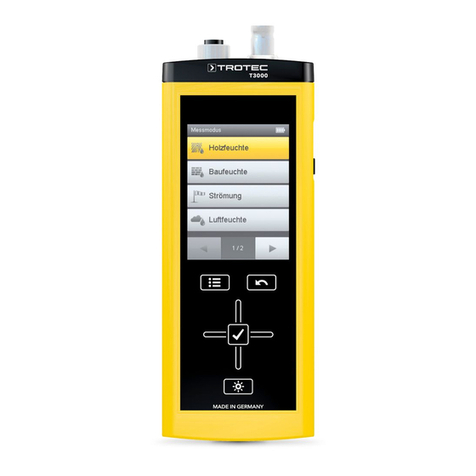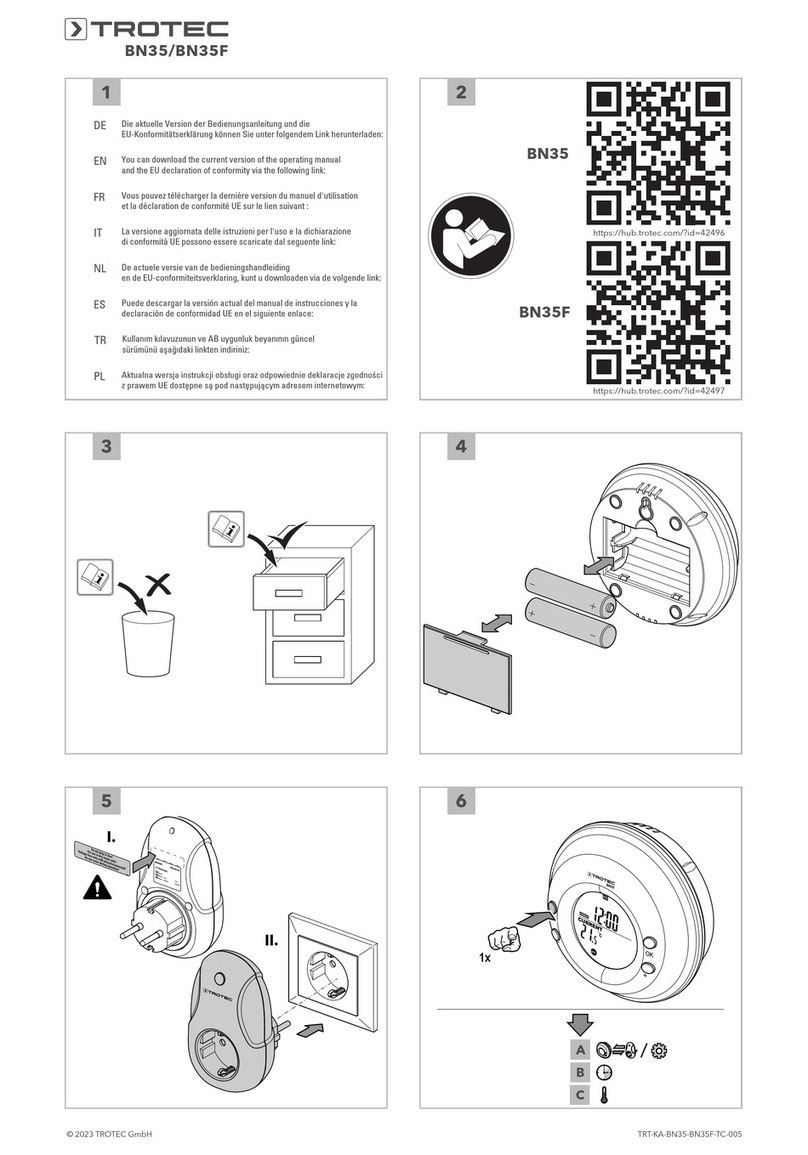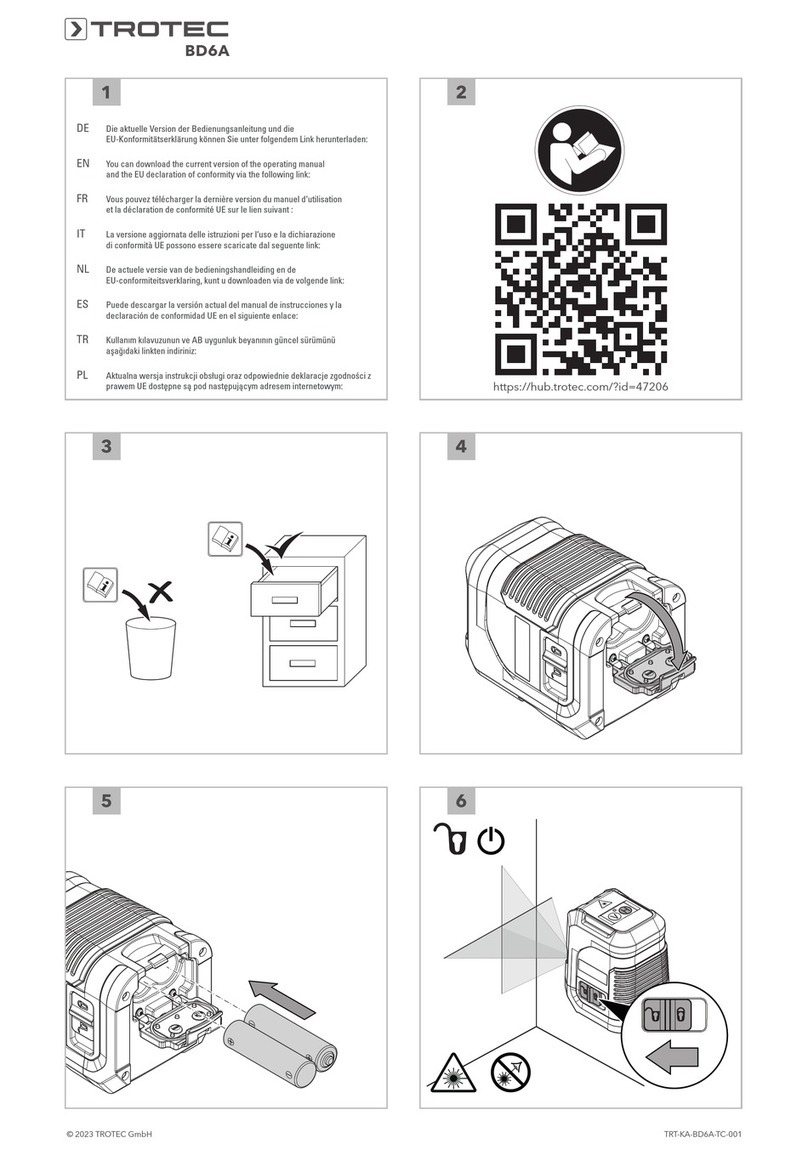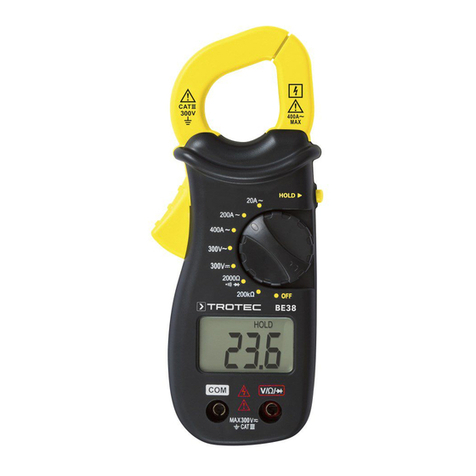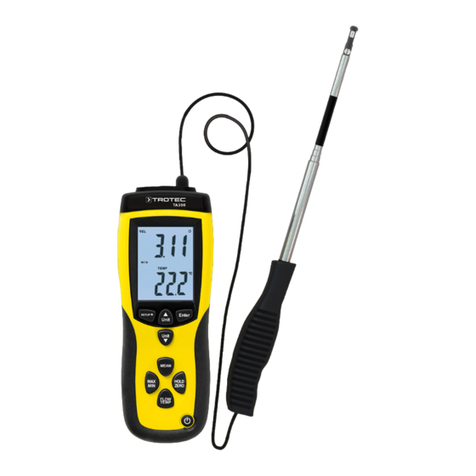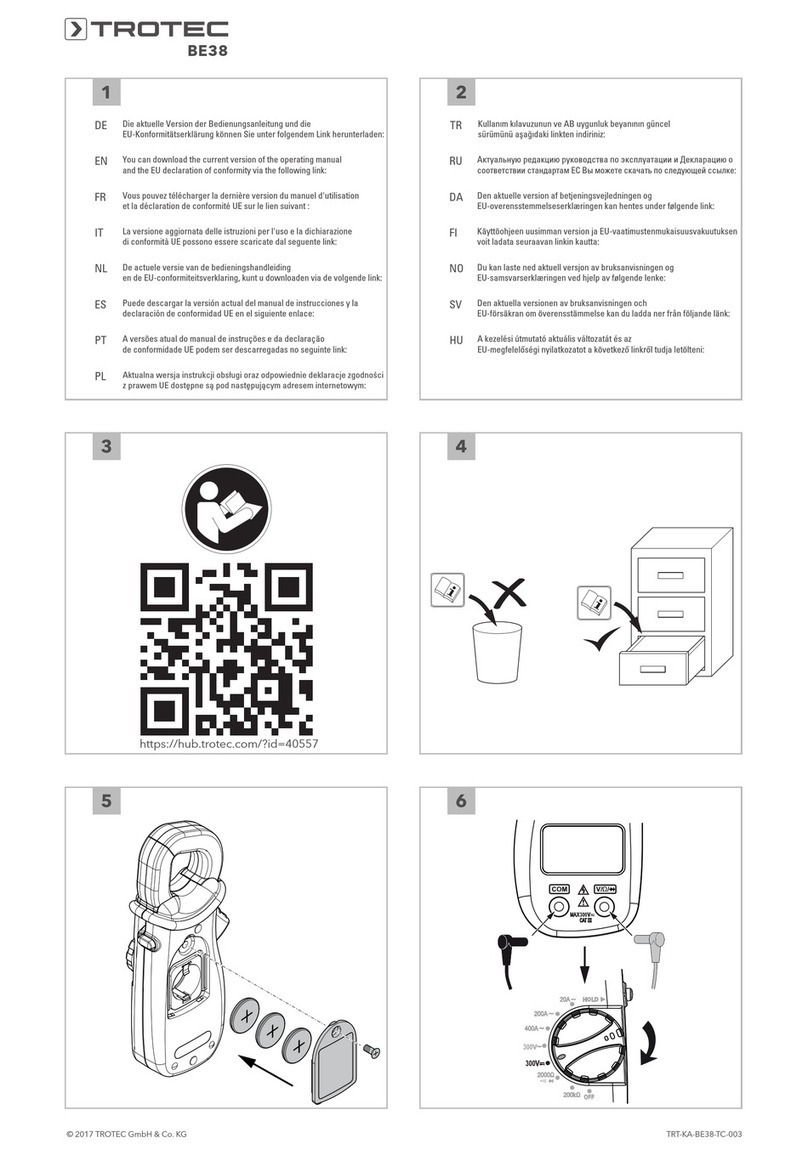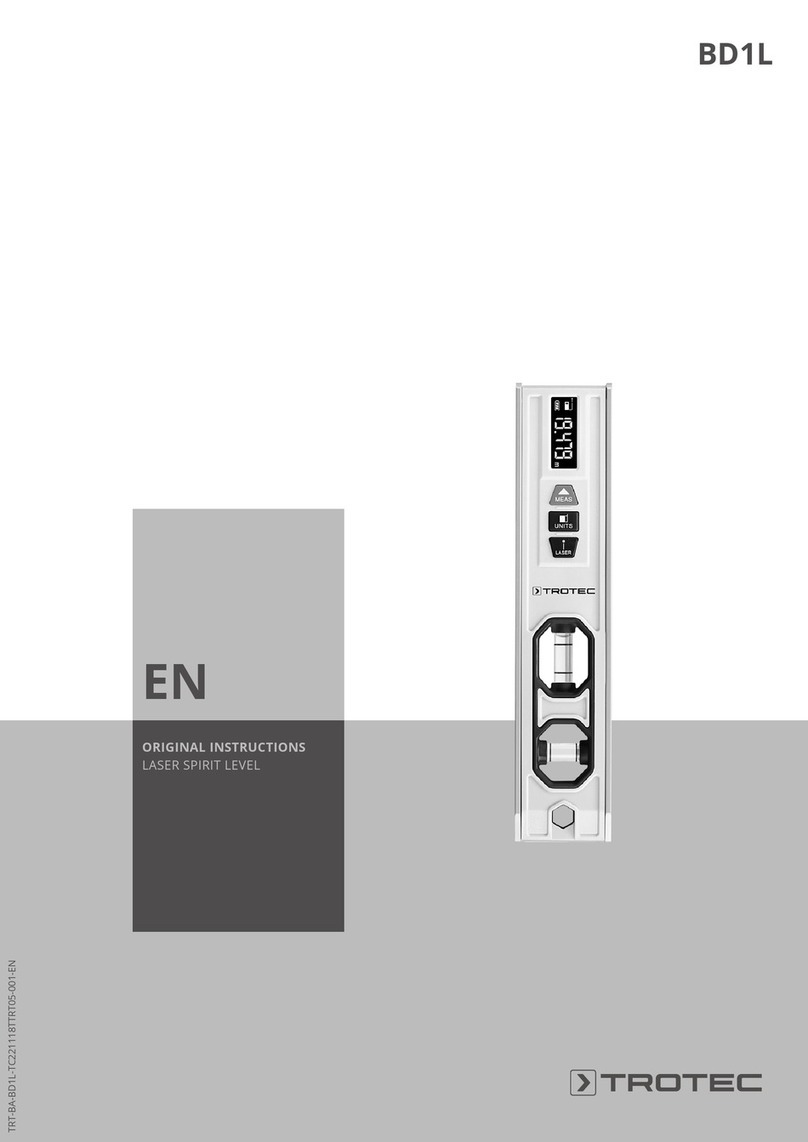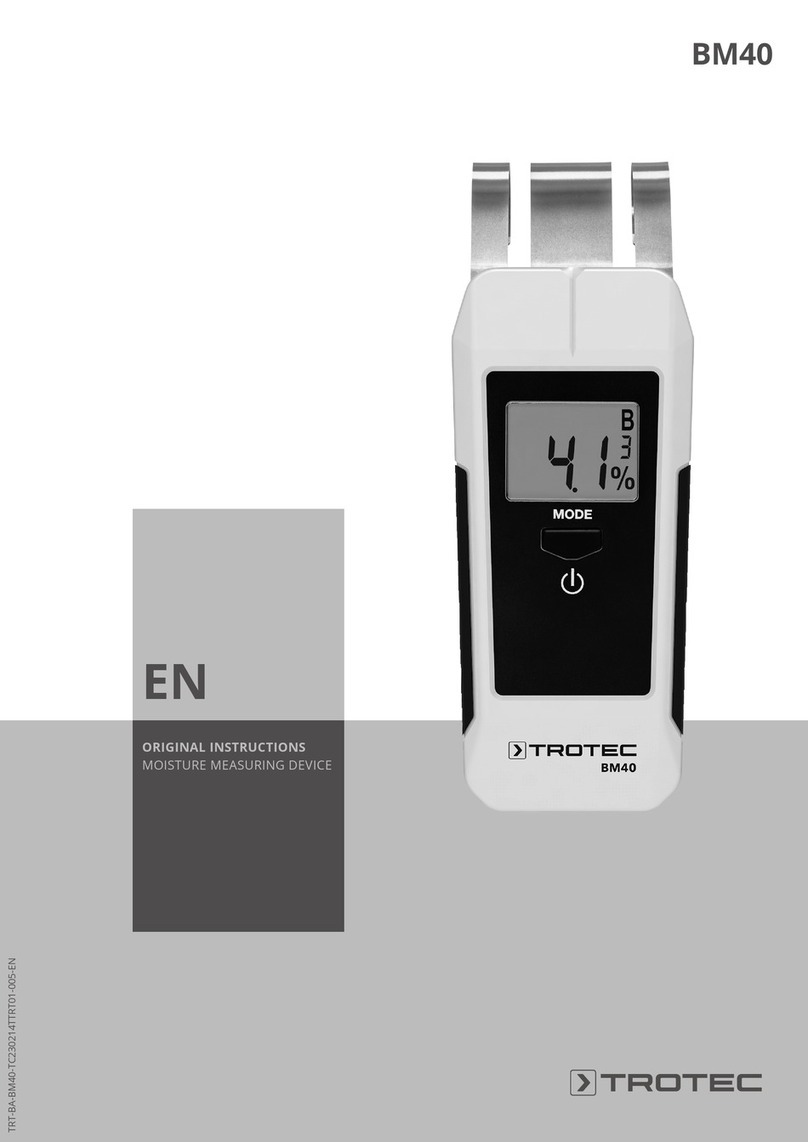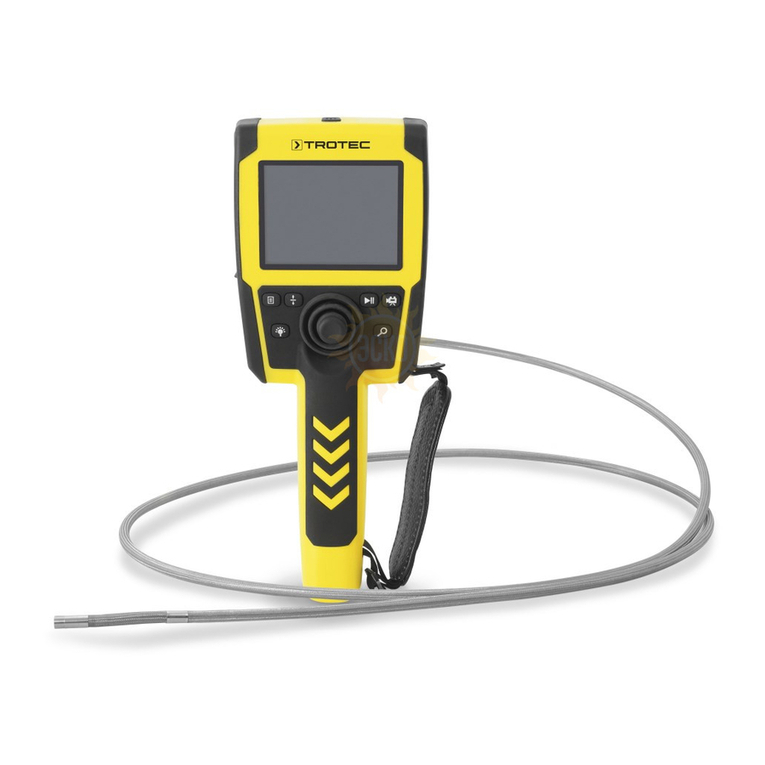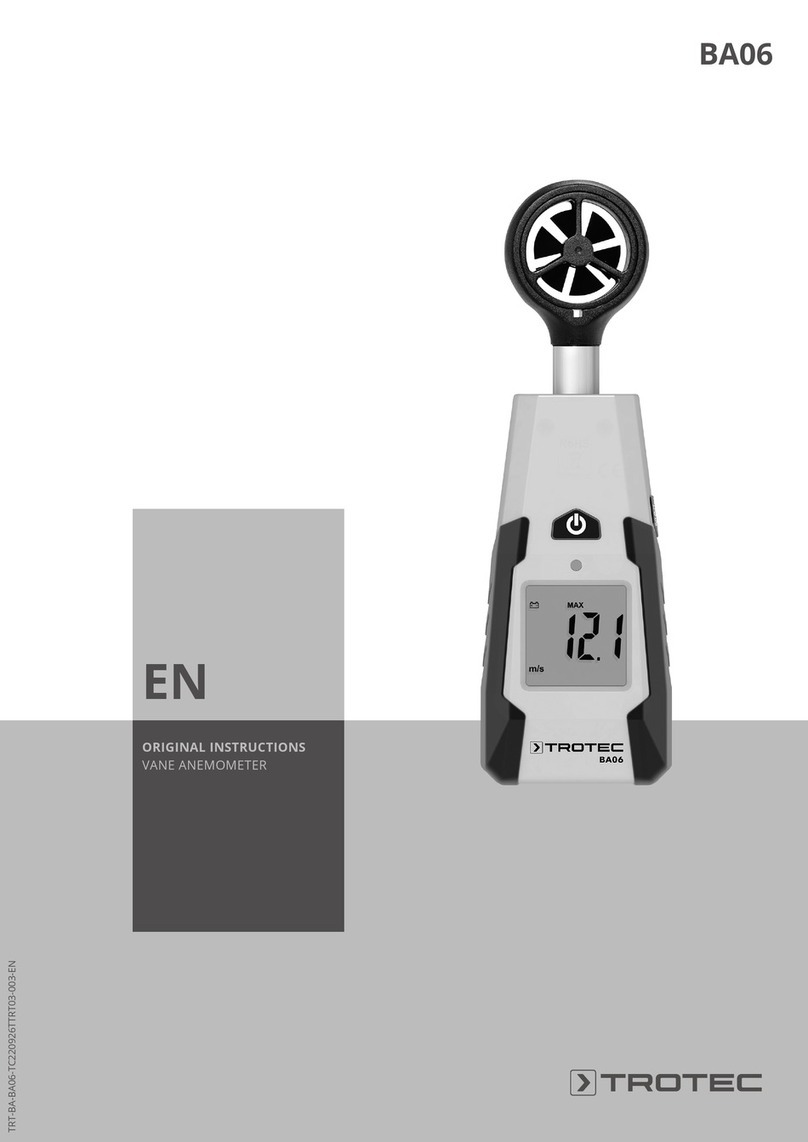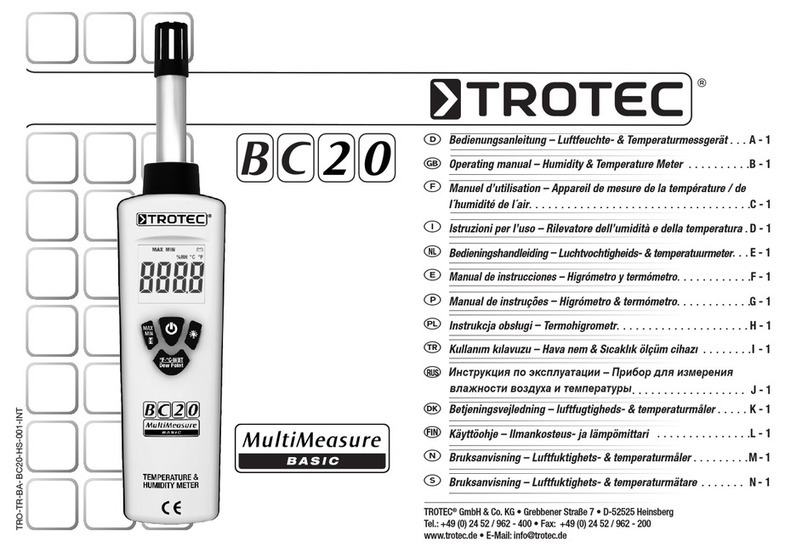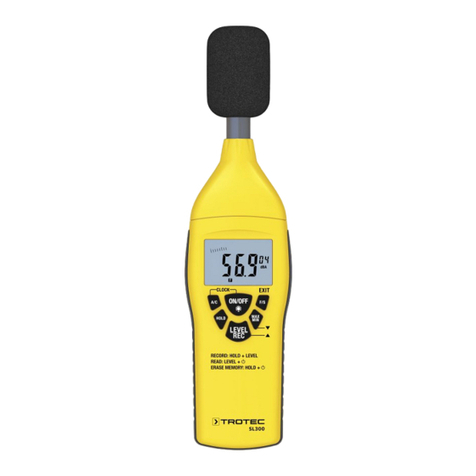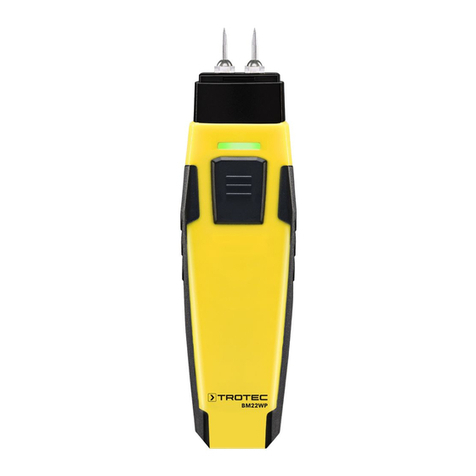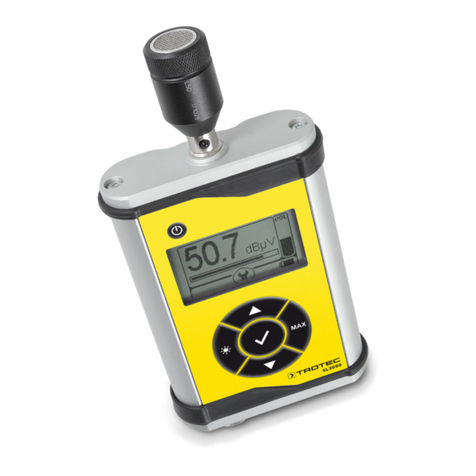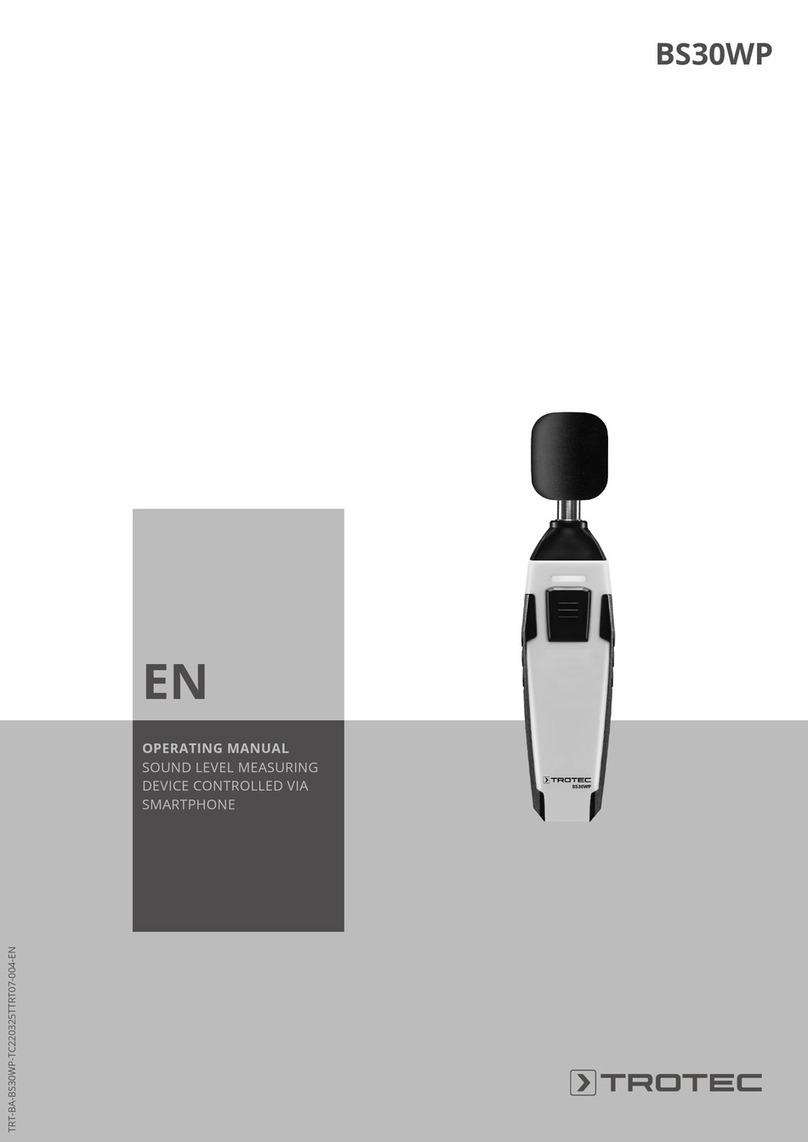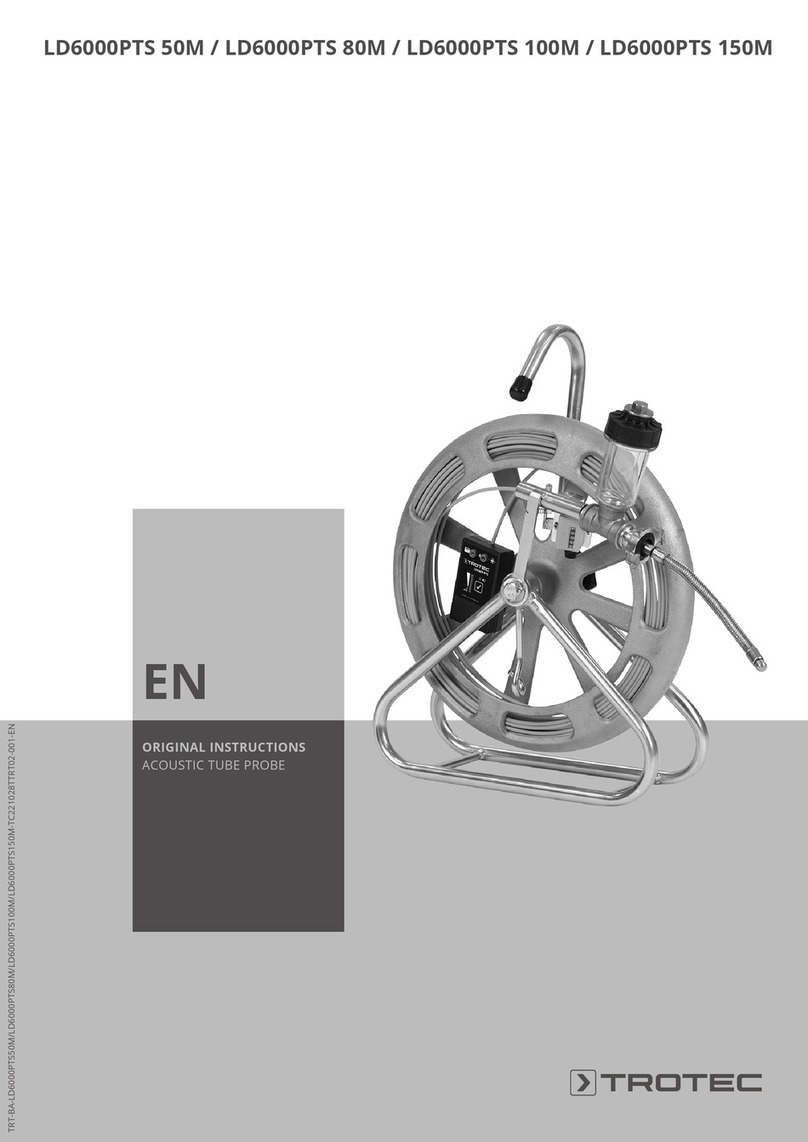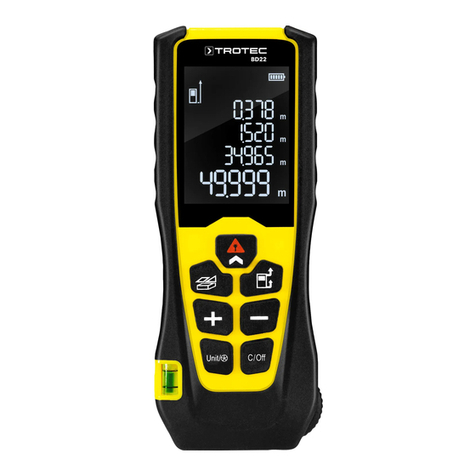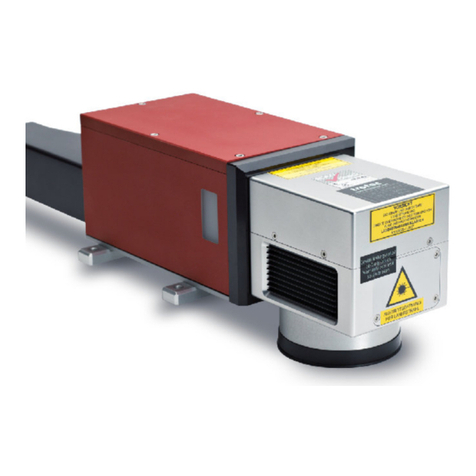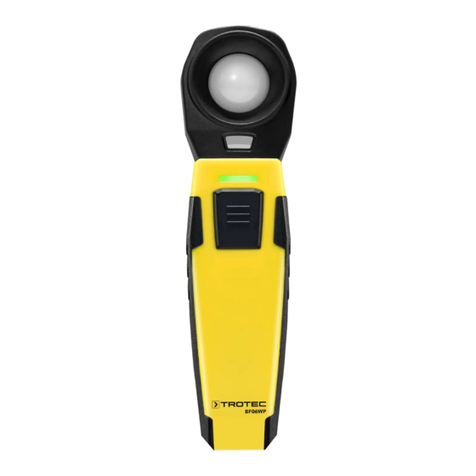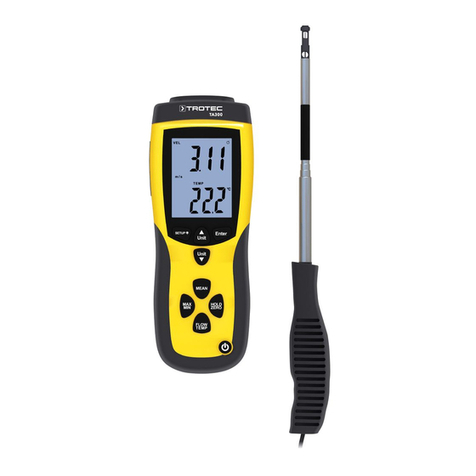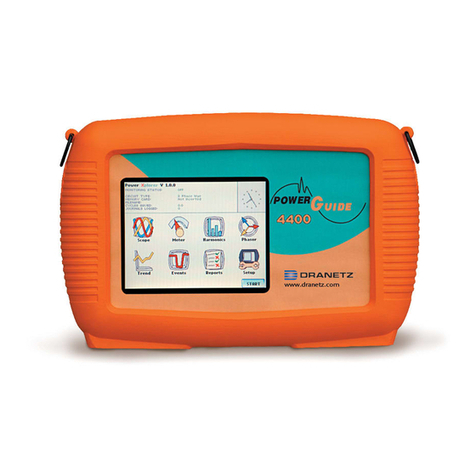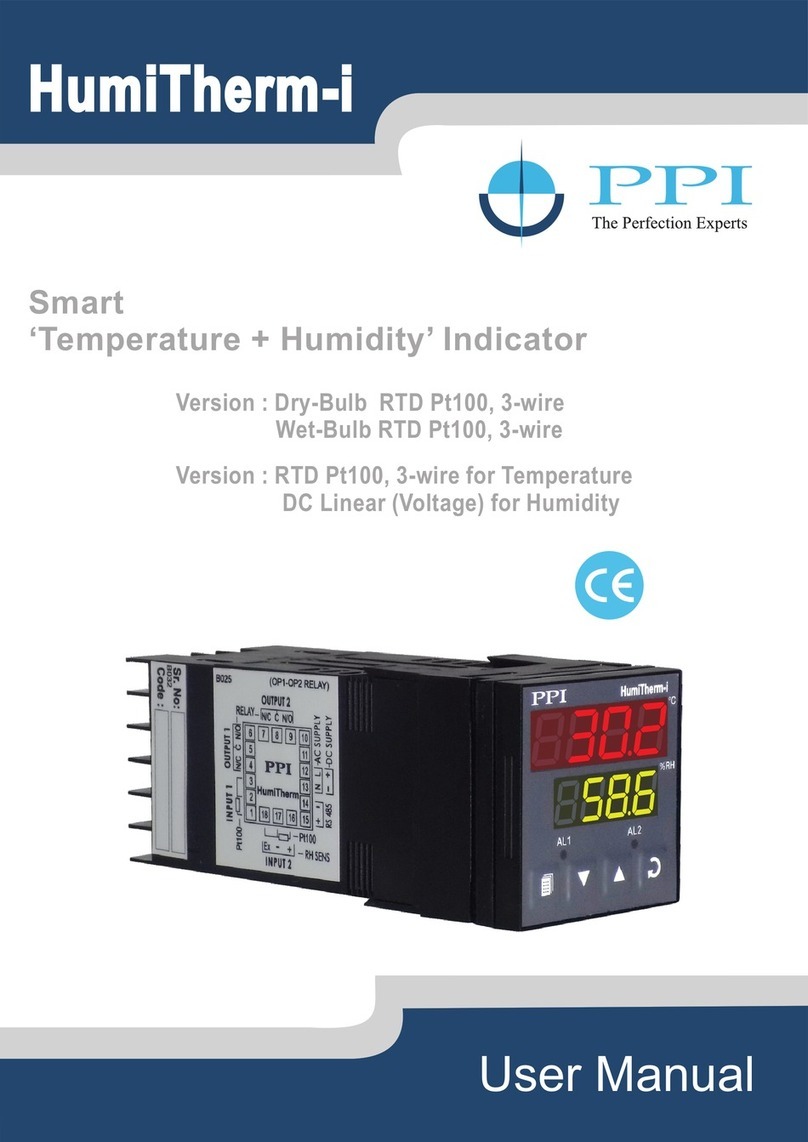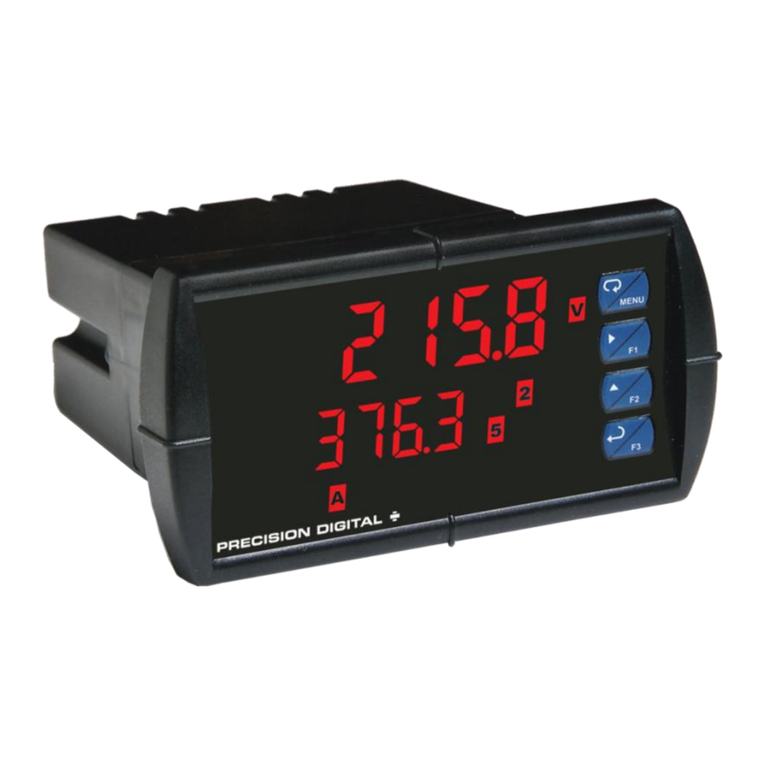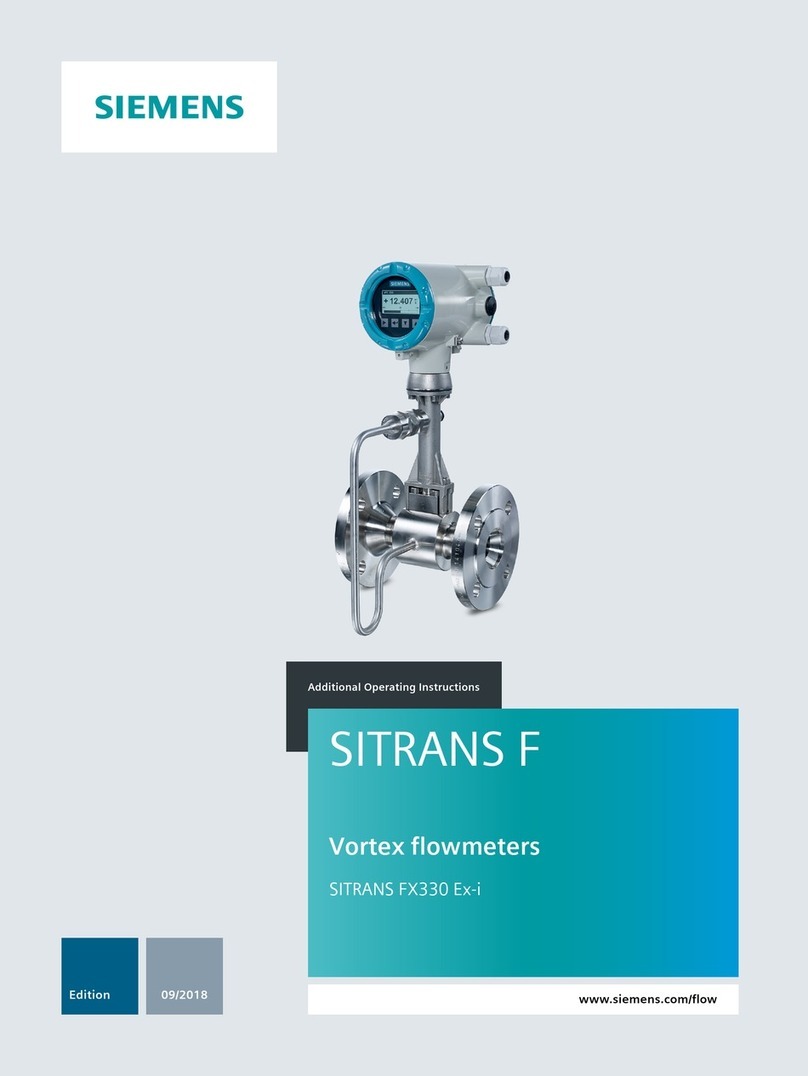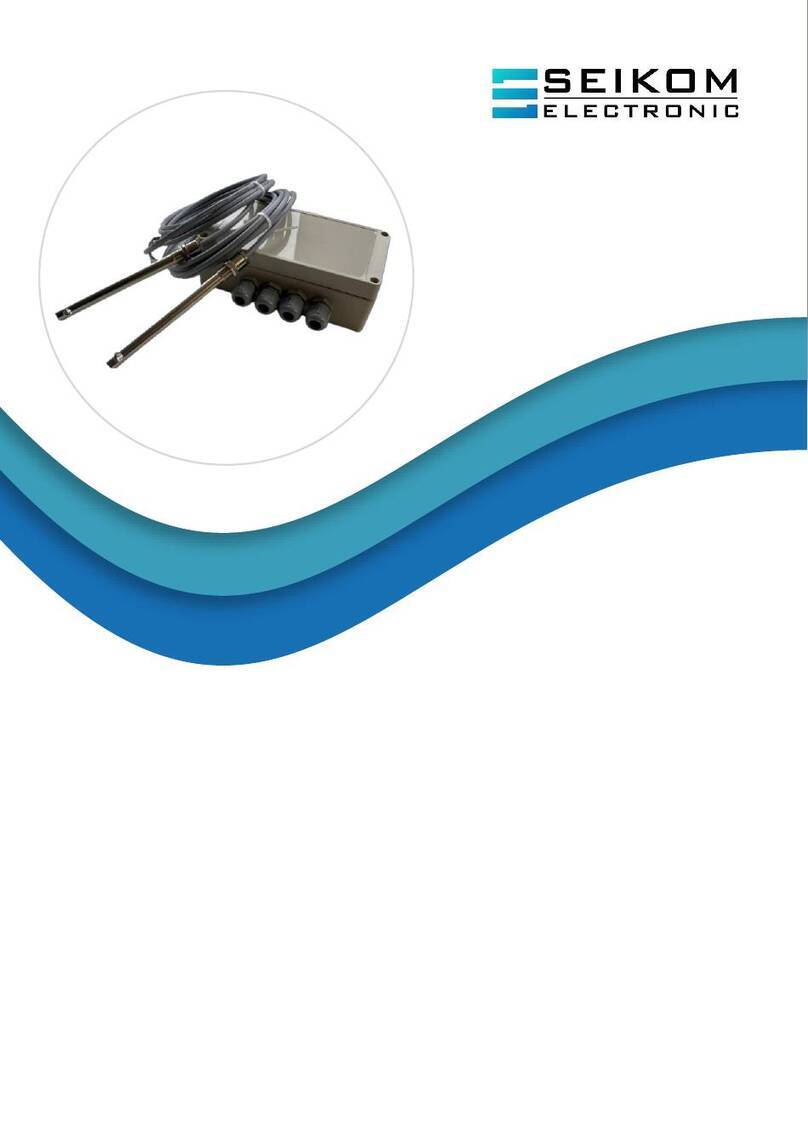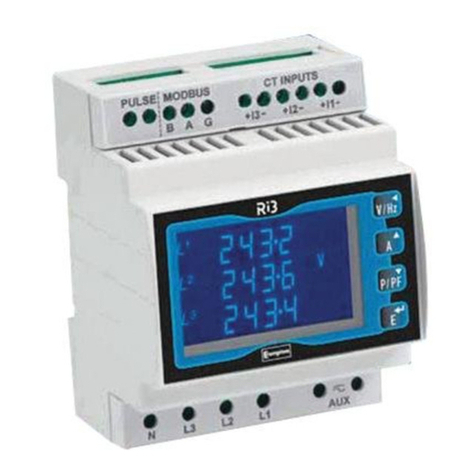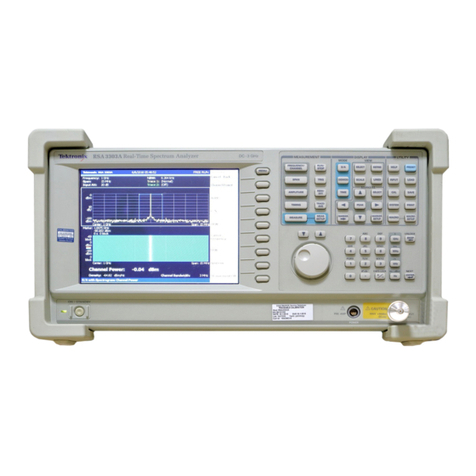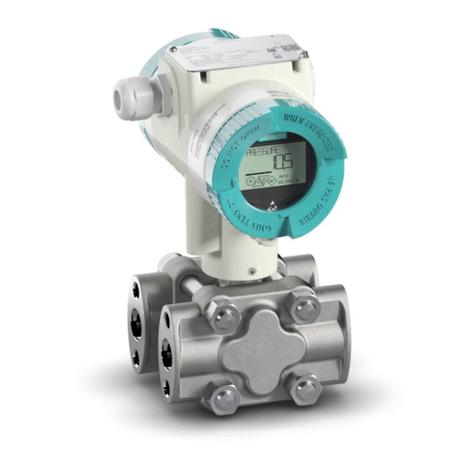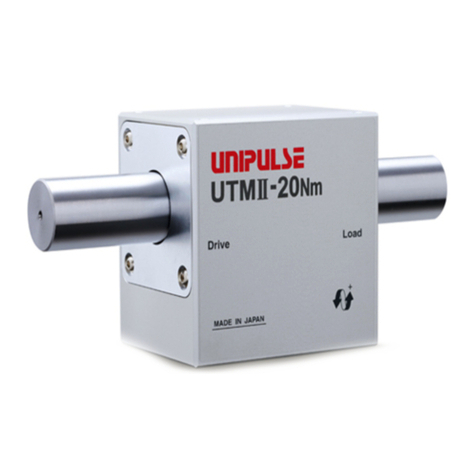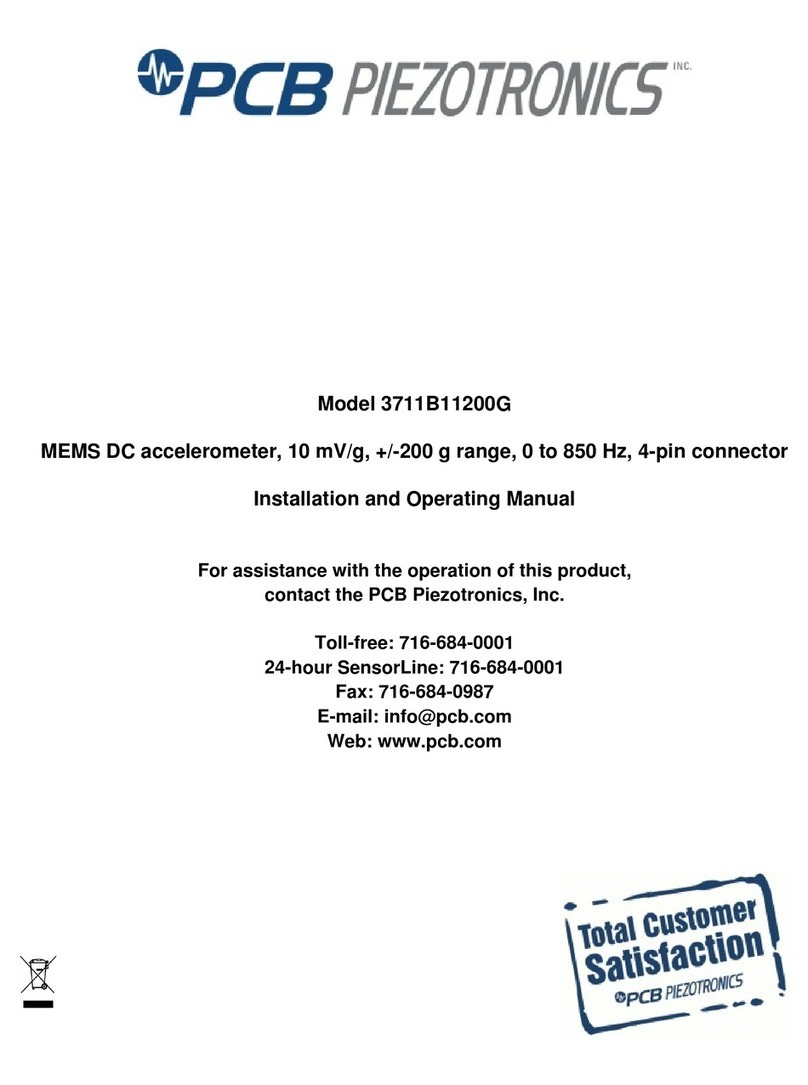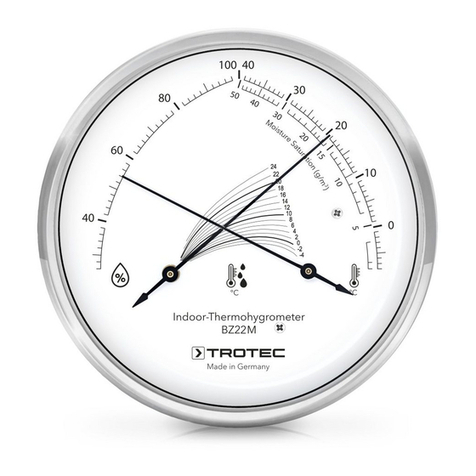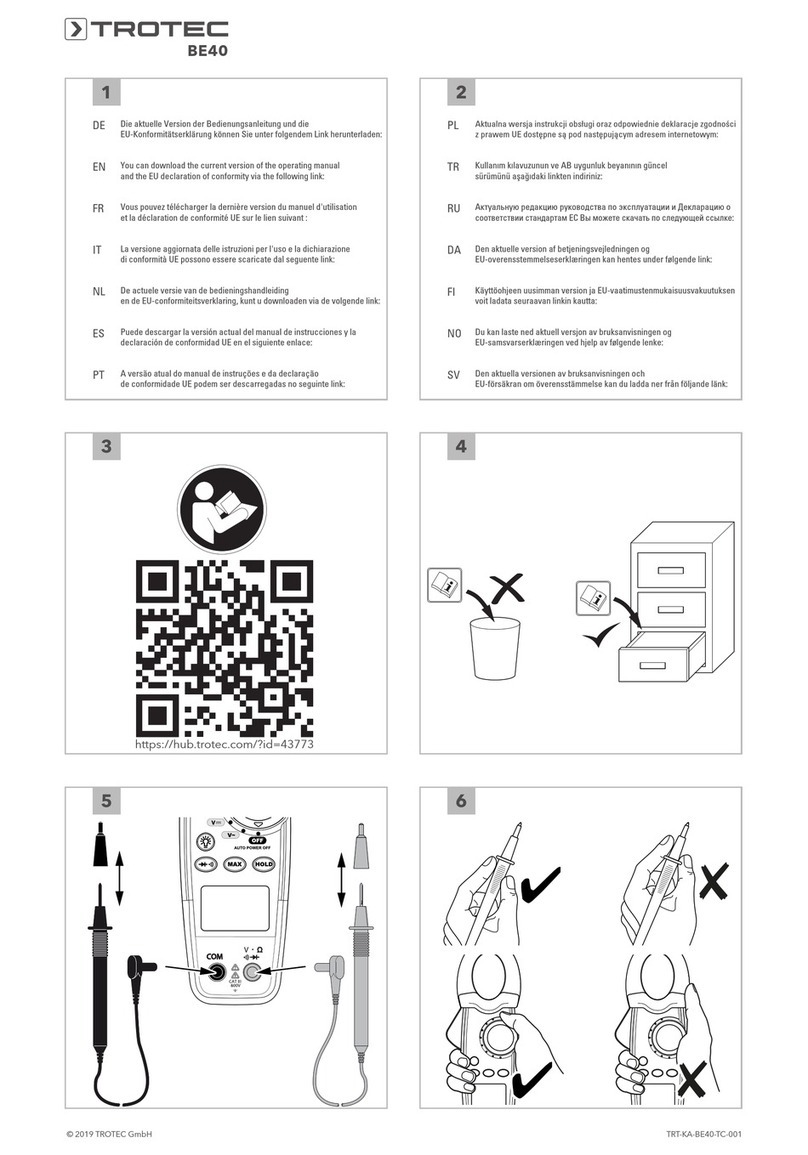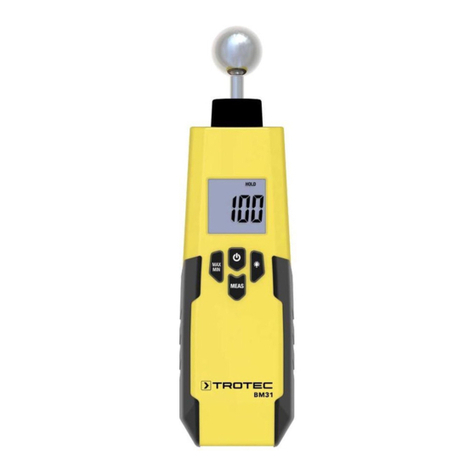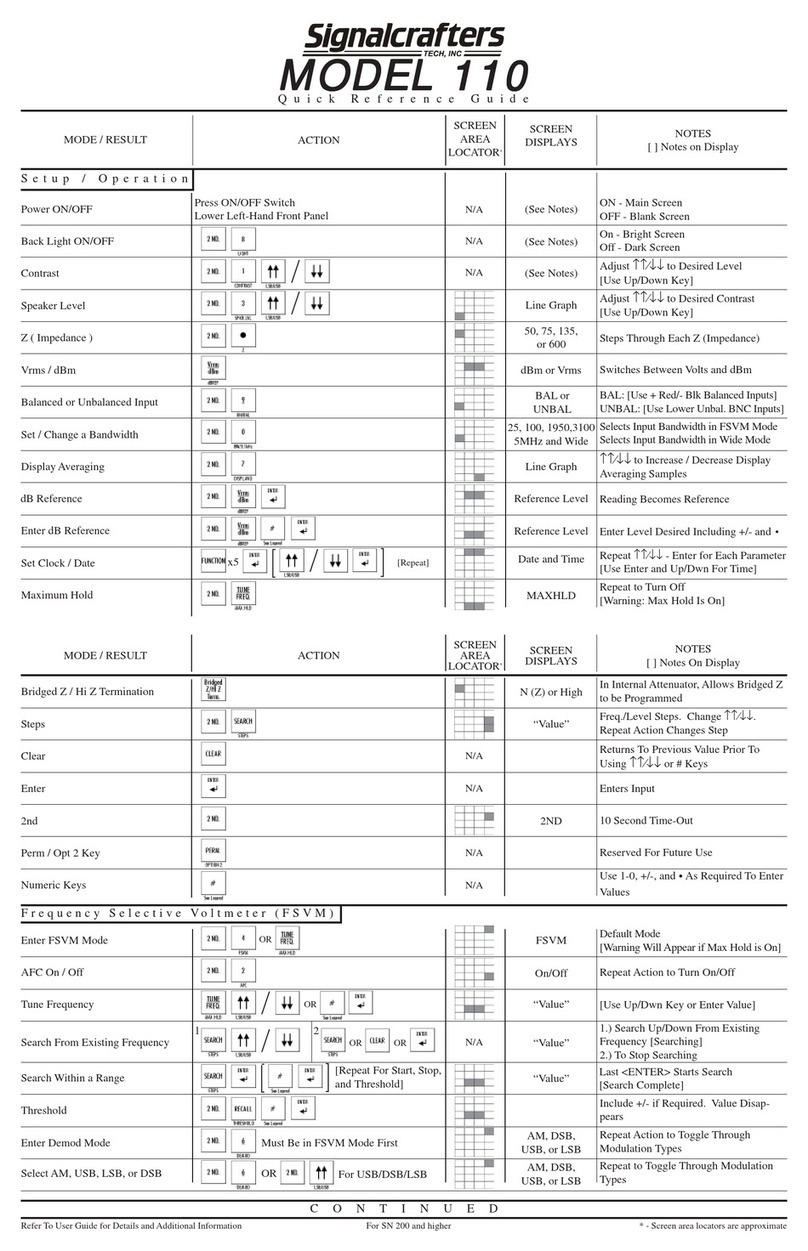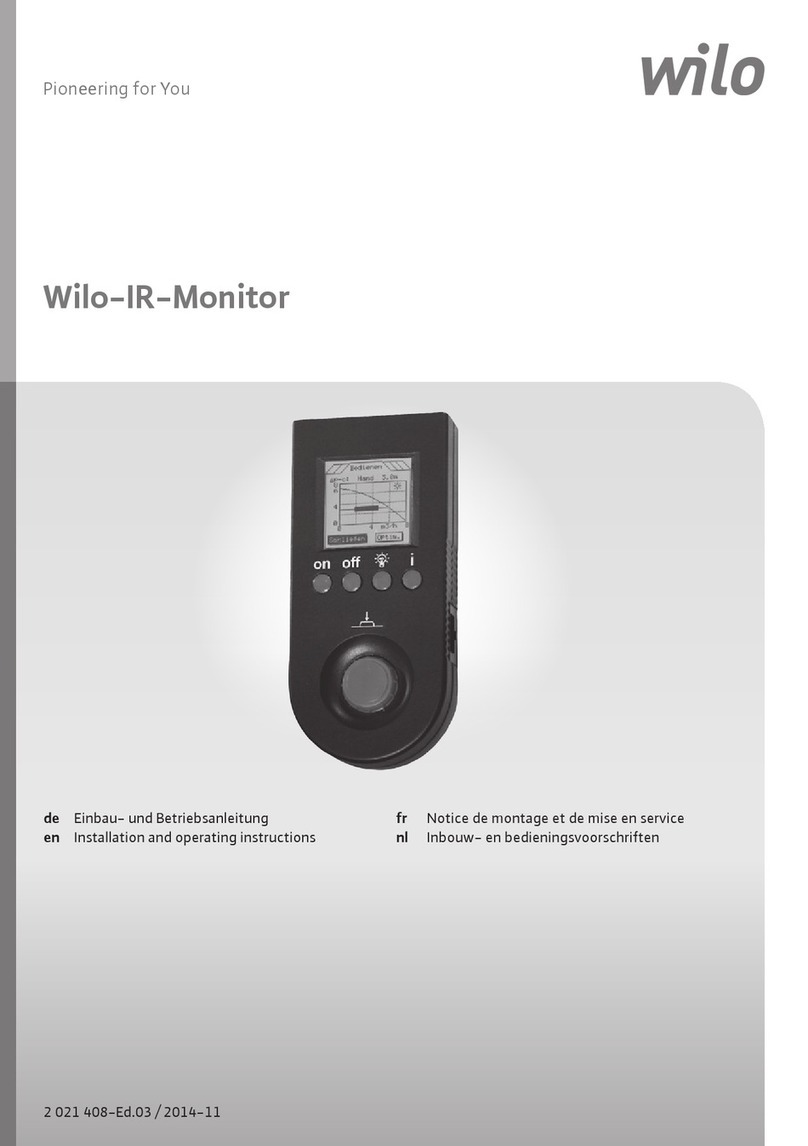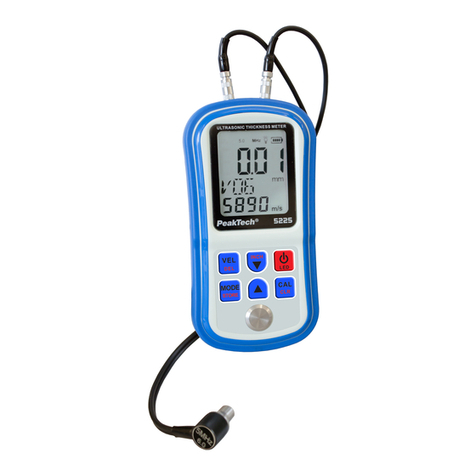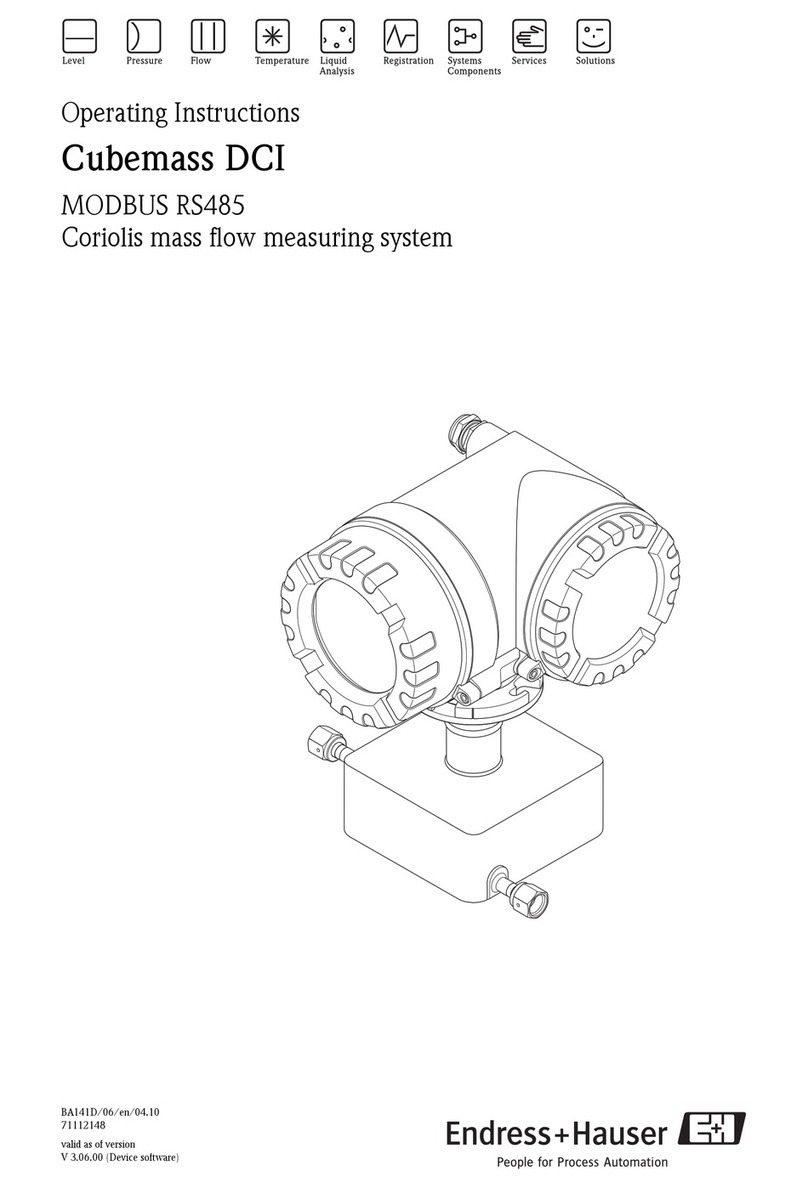
5 EN
pyrometer BP17
Carrying out a measurement
Info
Note that moving from a cold area to a warm area can
lead to condensation forming on the device's circuit
board. This physical and unavoidable effect can falsify
the measurement. In this case, the display shows
either no measured values or they are incorrect. Wait a
few minutes until the device has become adjusted to
the changed conditions before carrying out a
measurement.
• Ensure that the surface to be measured is free of dust, dirt
or similar substances.
• To be able to gain exact measurement results on surfaces
which reflect heavily, stick matt masking tape to the
surface or apply matt black paint with a very high and
known degree of emission.
• Note the 10:1 ratio of the distance to the measuring spot
size. For accurate measurements the measuring object
should be at least twice as large as the measuring spot.
Note
The first object at which you point the device and the
temperature of which you measure is then also the
reference value for all further measurements. The
reference value is displayed on the reference value
indication.
1. Point the device at the object to be measured.
2. Press the measurement button(4).
ðThe reference value is displayed on the reference value
indication(18).
ðThe SCAN indication(17) appears on the display.
ðThe current measured value is displayed in the
measurement value display(15).
3. Press the measurement button(4) again if you want to
"freeze" a measured value.
ðThe current measured value will be halted.
ðThe HOLD indication(16) appears on the display.
Carrying out a measurement with threshold values
The device permits you to set a threshold value relating to the
set reference temperature. Exceeding or falling below the
reference temperature by more than this selected threshold is
indicated visually and acoustically.
To determine the threshold value relating to the reference
temperature use the SET/lamp button(5). The following settings
are available:
•--: The threshold is disabled.
• 1°C: The threshold value is respectively 1°C (1.8°F)
higher or lower than the reference value.
• 3°C: The threshold value is respectively 3°C (5.4°F)
higher or lower than the reference value.
• 5°C: The threshold value is respectively 5°C (9°F) higher
or lower than the reference value.
The selected threshold is displayed by the respective
indication(13).
If the current measured value exceeds the set reference value
by the selected threshold, the display(8) will be illuminated in
red and an acoustic signal can be heard at frequent intervals.
If the current measured value is within the set range given by
the threshold values, the display(8) is illuminated in green.
If the current measured value falls below the set reference value
by the selected threshold, the display(8) will be illuminated in
blue and an acoustic signal can be heard at long intervals.
Example:
The reference value amounts to 25°C and the threshold is set
to 3°C.
• The measured temperature is between 22°C and 28°C:
The display is illuminated in green.
• The measured temperature amounts to more than 28°C:
The display is illuminated in red and an acoustic signal can
be heard at frequent intervals.
• The measured temperature amounts to less than 22°C:
The display is illuminated in blue and an acoustic signal
can be heard at long intervals.
Switching the laser pointer on or off
Ex works the laser pointer is switched off.
Info
Please observe that with a switched-on laser pointer
the laser will go on as soon as you press the
measurement button(4).
Danger
Class 2 laser radiation.
Lasers of class 2 only radiate in the visible range and
during continuous wave operation (lasting beam) no
more than 1 milliwatt (mW) of output will be emitted.
Looking directly into the laser beam for a longer period
of time (more than 0.25seconds) can cause damage to
the retina.
Avoid looking directly into the laser beam. Never look
into the laser beam using optical aides. Do not
suppress the winking reflex when looking into the laser
beam unintentionally. Never point the laser beam at
people or animals.
1. Press the laser button(7).
ðThe laser indication(11) appears on the display(8).
ðThe laser pointer is switched on.
2. Press the laser button(7) again to switch the laser pointer
off.
ðThe laser indication(11) is no longer displayed.
ðThe laser pointer is switched off.









